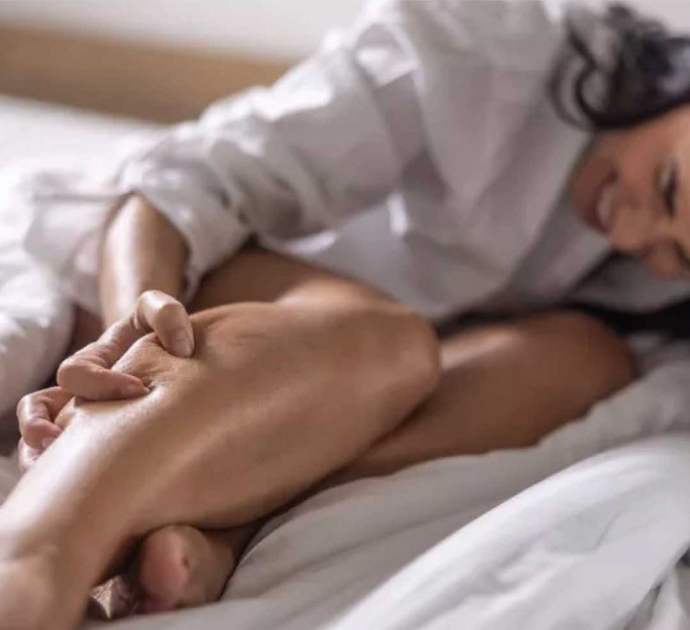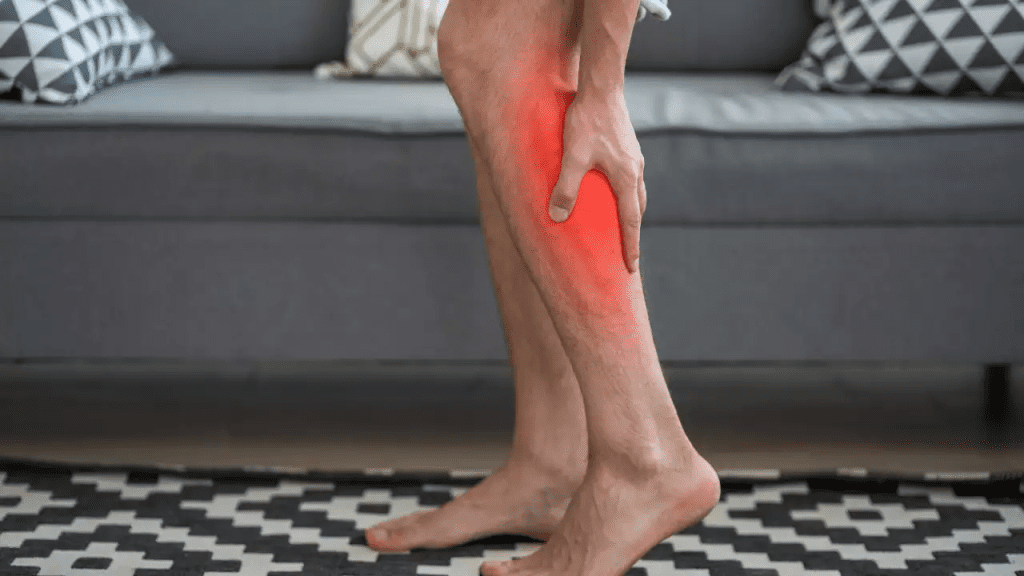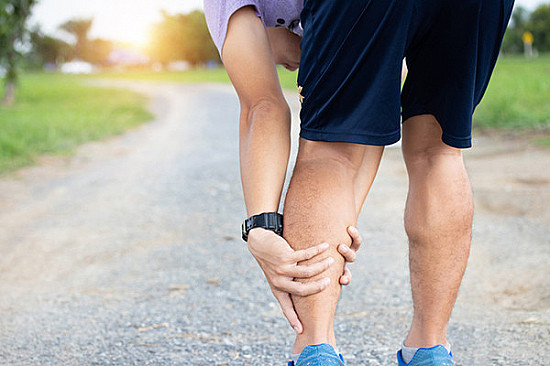Charley horses—those sudden, painful muscle cramps—can strike when you least expect it, often turning a peaceful moment into one filled with discomfort. These involuntary muscle contractions typically occur in the legs, especially the calves, and can affect anyone, regardless of fitness level or age. While they’re usually harmless, frequent or severe charley horses can interfere with daily life and disrupt your sleep. In this article, we’ll explore what causes charley horses, why they happen, and how you can prevent and treat them effectively.

Understanding Charley Horses
A charley horse refers to a muscle cramp or spasm, usually in the calves. Scientifically, these cramps are caused by sudden, involuntary contractions of one or more muscles. They can last from just a few seconds to several minutes, creating intense pain and temporarily limiting movement. While these cramps can happen during exercise, they are just as common when resting—especially at night. Waking up in the middle of the night with a cramping leg can be distressing, leaving you sore and tired the next day.
Common Causes of Charley Horses
Charley horses can have several causes, with dehydration being one of the most common culprits. When your body is low on fluids, it can lead to an imbalance of key electrolytes—such as potassium, magnesium, and calcium—essential for proper muscle function. Without these minerals, muscles are more prone to cramping.
Overexertion is another significant cause. Repetitive motions or overloading muscles, especially during strenuous activity, can lead to cramps. Inadequate stretching before exercise, poor circulation, nerve compression, and even certain medications can also increase the likelihood of experiencing charley horses. Pregnant women and older adults are at higher risk due to changes in muscle elasticity and body conditions, making them more prone to these painful cramps.
Symptoms of Charley Horses
The hallmark symptom of a charley horse is sudden, sharp pain in the affected muscle, often accompanied by a noticeable hard lump where the muscle has tightened. The muscle may feel firm to the touch, and the pain can range from mild discomfort to intense, stabbing sensations. After the cramp subsides, the area may remain tender or sore, and you might notice a temporary limitation in movement or flexibility.
Prevention Strategies
Fortunately, there are several strategies you can employ to prevent charley horses. One of the most critical is staying hydrated. Dehydration disrupts your body’s electrolyte balance, increasing the risk of cramps. Drinking plenty of water throughout the day and maintaining a balanced diet rich in electrolytes like potassium, magnesium, and calcium can help keep your muscles functioning correctly.
Stretching before and after physical activity is equally important. Regular stretching ensures that your muscles remain flexible and less likely to cramp. If you engage in repetitive motions or high-intensity workouts, make sure you’re not overloading your muscles. Gradually increasing the intensity of your exercises can prevent overexertion, which is a leading cause of cramps.
Additionally, ensuring proper circulation is key. Avoid sitting for long periods, and if your job requires you to sit for extended times, try standing up and moving around frequently. Proper footwear is another critical factor—wearing well-fitted shoes can help support your muscles and prevent unnecessary strain. Incorporating flexibility-focused activities like yoga or Pilates into your routine can also enhance muscle elasticity and prevent cramping.

Effective Treatments for Charley Horses
When a charley horse strikes, it can be tempting to panic, but staying calm and addressing the cramp immediately can bring quick relief. The first step is to gently stretch the cramped muscle. For example, if the cramp is in your calf, flex your foot and pull your toes toward you to stretch the muscle. Massaging the area can also help relax the muscle and ease the pain.
Applying heat to the cramp, such as with a warm towel or heating pad, can help relax the muscle further. Alternatively, using a cold pack can reduce any pain or inflammation. Staying hydrated by drinking water or electrolyte-replenishing fluids is crucial, especially after a cramp occurs. If the pain is particularly severe or persistent, over-the-counter pain relievers may be helpful, though it’s best to consult with a healthcare provider for advice tailored to your needs.
Dietary Considerations for Preventing Charley Horses
Your diet plays a significant role in preventing charley horses, particularly by ensuring you’re getting enough essential minerals like potassium, magnesium, and calcium. These electrolytes are critical for muscle function, and maintaining proper levels can reduce the likelihood of cramps.

- Potassium: Found in bananas, oranges, and potatoes, potassium helps balance fluids in your body and supports muscle function.
- Magnesium: Foods like nuts, seeds, and leafy green vegetables are rich in magnesium, a mineral that helps muscles contract and relax smoothly.
- Calcium: Dairy products, fortified plant milks, and leafy greens are excellent sources of calcium, another key electrolyte for muscle health.
Staying hydrated is also crucial, so make sure you’re drinking plenty of water throughout the day. Reducing your intake of caffeine and alcohol can further help keep your muscles properly hydrated and functioning well.
When to Seek Medical Attention
While charley horses are typically a minor nuisance, there are situations when medical attention is necessary. If you experience frequent, severe, or persistent muscle cramps that interfere with your daily life, it’s important to consult a healthcare provider. Additionally, if your cramps are accompanied by unusual symptoms such as swelling, redness, or pain that doesn’t subside, it could be a sign of an underlying condition such as nerve compression or circulatory problems. Persistent or concerning cramps should always be evaluated by a healthcare professional to rule out more serious issues.

Conclusion
Charley horses, though often brief and harmless, can be both painful and disruptive. Understanding their causes and taking steps to prevent them—such as staying hydrated, eating a balanced diet, and practicing good exercise habits—can significantly reduce their occurrence. Should a cramp strike, simple treatments like stretching, massaging, and staying hydrated can help relieve the discomfort quickly. And, as always, if the cramps persist or become more frequent, don’t hesitate to seek medical advice. Staying proactive about your muscle health can go a long way in minimizing the impact of charley horses on your life.


